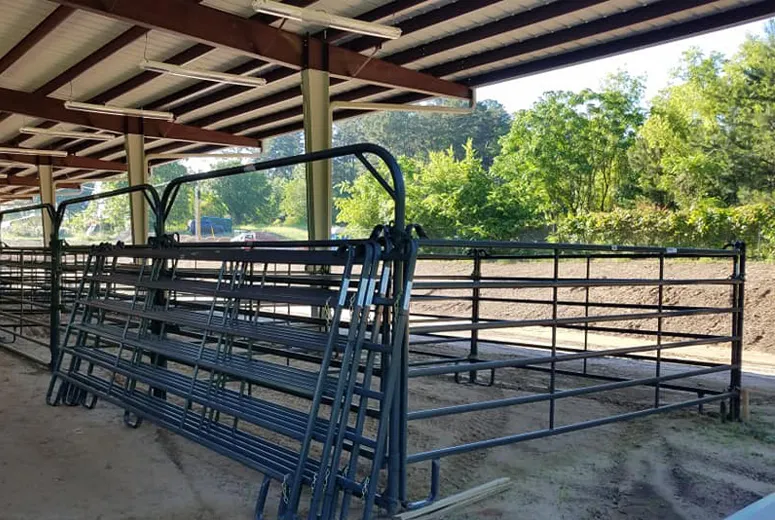- Afrikaans
- Albanian
- Amharic
- Arabic
- Armenian
- Azerbaijani
- Basque
- Belarusian
- Bengali
- Bosnian
- Bulgarian
- Catalan
- Cebuano
- Corsican
- Croatian
- Czech
- Danish
- Dutch
- English
- Esperanto
- Estonian
- Finnish
- French
- Frisian
- Galician
- Georgian
- German
- Greek
- Gujarati
- Haitian Creole
- hausa
- hawaiian
- Hebrew
- Hindi
- Miao
- Hungarian
- Icelandic
- igbo
- Indonesian
- irish
- Italian
- Japanese
- Javanese
- Kannada
- kazakh
- Khmer
- Rwandese
- Korean
- Kurdish
- Kyrgyz
- Lao
- Latin
- Latvian
- Lithuanian
- Luxembourgish
- Macedonian
- Malgashi
- Malay
- Malayalam
- Maltese
- Maori
- Marathi
- Mongolian
- Myanmar
- Nepali
- Norwegian
- Norwegian
- Occitan
- Pashto
- Persian
- Polish
- Portuguese
- Punjabi
- Romanian
- Russian
- Samoan
- Scottish Gaelic
- Serbian
- Sesotho
- Shona
- Sindhi
- Sinhala
- Slovak
- Slovenian
- Somali
- Spanish
- Sundanese
- Swahili
- Swedish
- Tagalog
- Tajik
- Tamil
- Tatar
- Telugu
- Thai
- Turkish
- Turkmen
- Ukrainian
- Urdu
- Uighur
- Uzbek
- Vietnamese
- Welsh
- Bantu
- Yiddish
- Yoruba
- Zulu
Oct . 30, 2024 14:49 Back to list
The Rise of Cold-Formed Steel Buildings
Cold-formed steel (CFS) has emerged as a vital material in the construction industry, revolutionizing the way buildings are designed and constructed. CFS refers to steel sections that are shaped at room temperature through a series of processes, including bending and rolling. Unlike traditional hot-rolled steel, CFS allows for greater flexibility and efficiency in building design, leading to its increasing adoption across various sectors.
One of the primary advantages of CFS buildings is their lightweight nature. Compared to conventional materials, cold-formed steel is significantly lighter, which reduces the overall structural load. This characteristic enables builders to construct taller buildings without the need for cumbersome foundations, ultimately saving time and resources. Additionally, the lightweight property allows for easier transportation and installation, making it a preferred choice in remote or challenging locations.
The Rise of Cold-Formed Steel Buildings
Furthermore, CFS buildings exhibit impressive durability and strength. Although cold-formed steel is lightweight, it possesses high tensile and compressive strength, which enables it to withstand various environmental stresses, including wind and seismic activity. This resilience is particularly important in regions prone to natural disasters. Moreover, CFS is resistant to pests, rotting, and corrosion, reducing the need for frequent maintenance and extending the lifespan of the building.
cold formed steel buildings

Sustainability is an increasingly important consideration in construction, and CFS buildings contribute positively to this aspect. Cold-formed steel is often made from recycled materials, making it an environmentally friendly choice. The recyclability of steel means that at the end of a building's life cycle, the materials can be repurposed, further reducing waste. Additionally, structures built with CFS can be designed to enhance energy efficiency, leading to lower operational costs and a smaller carbon footprint.
The construction process of CFS buildings can also be faster compared to traditional methods. Pre-engineered components can be manufactured off-site and then assembled on-site, reducing construction time and minimizing labor costs. This speed of assembly is particularly advantageous in meeting tight project deadlines or when construction schedules are disrupted by unforeseen issues.
Another significant factor is the cost-effectiveness of CFS. While the initial upfront costs may be comparable to other materials, the reduced labor expenses, faster construction times, and lower maintenance costs position CFS as a financially smart choice in the long run. Builders can achieve a higher return on investment due to the durability and efficiency of cold-formed steel structures.
In conclusion, cold-formed steel buildings are shaping the future of construction. Their lightweight nature, versatility, durability, sustainability, and cost-effectiveness make them an ideal choice for a diverse range of applications. As the construction industry continues to evolve, the demand for innovative materials like cold-formed steel will likely grow, paving the way for a new era in sustainable and efficient building practices. The future appears bright for CFS as it addresses modern challenges in construction while meeting the needs of developers, architects, and environmentally conscious consumers alike.
-
How Do Prefabricated Steel Structures Transform Modern Construction?
NewsJul.14,2025
-
How Do Prefabricated Metal Buildings Redefine Modern Construction?
NewsJul.14,2025
-
How Do Prefab Insulated Metal Buildings and Steel Structures Revolutionize Modern Construction?
NewsJul.14,2025
-
How Do Pre - Engineered Steel Structures Redefine Modern Construction?
NewsJul.14,2025
-
Advancing Modular Construction with Prefabricated Metal Structures
NewsJul.14,2025
-
Advancing Industrial Infrastructure with Prefabricated Steel Solutions
NewsJul.14,2025
Products categories
Our Latest News
We have a professional design team and an excellent production and construction team.












